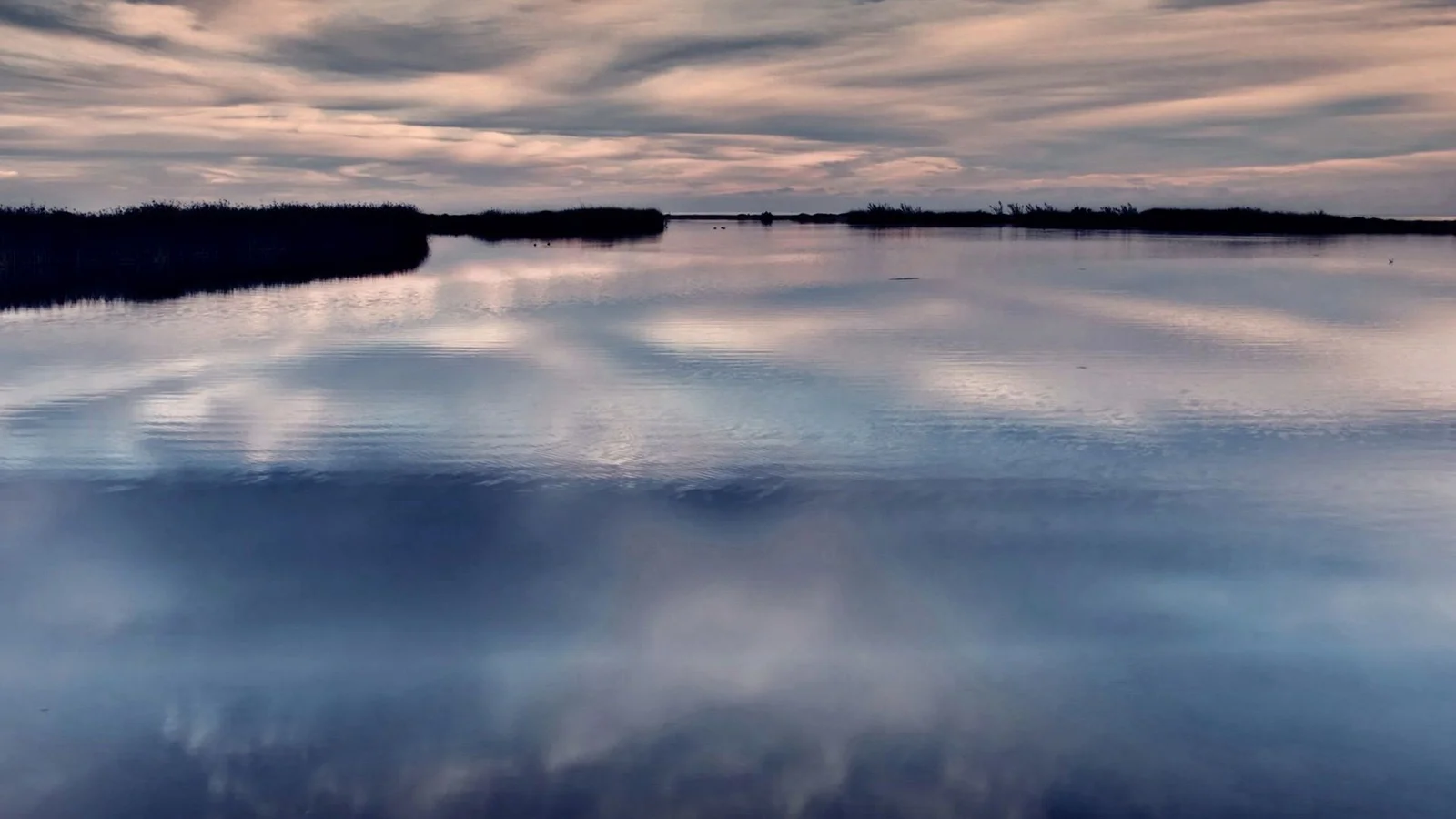How the El Niño Phenomenon Affects Saltwater Pearl Production

Imagine a world where the brilliant hues and lustrous glow of pearls are dictated by the whims of the ocean’s climate swings. Ever wondered how global climatic events like El Niño could tip the balance in the delicate process of pearl cultivation? As purveyors of fine pearls, understanding the intersection of nature and craftsmanship is crucial. In this piece, we delve into the intricate impacts of El Niño on saltwater pearl production, melding the beauty of nature with its unpredictable challenges.
Understanding El Niño
El Niño is a complex climate pattern that brings significant disruptions to weather systems across the globe. Characterized by the warming of sea surface temperatures in the central and eastern Pacific Ocean, El Niño can induce severe weather changes, such as increased rainfall, droughts, and shifts in ocean currents. According to the National Oceanic and Atmospheric Administration (NOAA), “El Niño events occur approximately every two to seven years, and their impacts can vary in intensity” (source).
Impact on Saltwater Pearls
Ocean Temperature Fluctuations
The production of saltwater pearls, primarily sourced from oysters in controlled marine environments, is highly sensitive to temperature changes. Increased ocean temperatures during an El Niño event can stress oyster populations, affecting their health and ability to produce quality pearls. Warmer waters can lead to a decrease in the nacre layering process, resulting in pearls with reduced luster and strength. According to a report by the Food and Agriculture Organization, ocean temperature rises impact not only fish but also shellfish industries, including pearl production.
Altered Ecosystems
El Niño can alter the marine ecosystems where oysters flourish by affecting the availability of plankton, the primary food source for oysters. A shift in plankton distribution can lead to malnutrition in oysters, impairing their growth and pearl production. Distinguished marine biologist Dr. Jane Collins explains, “The stability of marine ecosystems is pivotal to oyster health, and El Niño is a natural disruptor of these delicate systems.”
Salinity Variations
Another critical factor is the change in seawater salinity. Heavy rains and floods associated with El Niño can dilute the salt concentration in pearl farming areas, leading to further stress on oysters. These fluctuations can create hostile conditions for pearl formation, invariably affecting the quality and quantity of the harvest.
The World Bank also notes how climate change influences aquatic renewable resources, challenging industries such as pearl farming to adopt more sustainable practices.

The Silver Lining
While El Niño presents challenges, it also provides opportunities for innovation in pearl farming. Advances in aquaculture technology now allow pearl farmers to monitor and adapt to environmental changes, finding ways to sustain and improve pearl quality even during adverse conditions. Experts are developing new methods to enhance the resilience of oysters, including selective breeding and improved farm management practices. As Dr. Collins notes, “Adaptation is key in turning potential adversities into areas for growth.”
Conclusion
In the enchanting world of pearl production, the influence of the El Niño phenomenon is a testament to the harmonious yet fragile relationship between nature and human endeavor. It serves as a reminder that the most exquisite creations often emerge from confronting and overcoming nature’s challenges. Understanding these climatic impacts equips pearl producers and jewelry aficionados alike to appreciate the immense dedication and environmental nuances behind each precious gem.
As the future unfolds, capturing the beauty and resilience of pearls against the volatile backdrop of climate change will remain an enduring pursuit, reflecting both the art and science of this time-honored craft.
